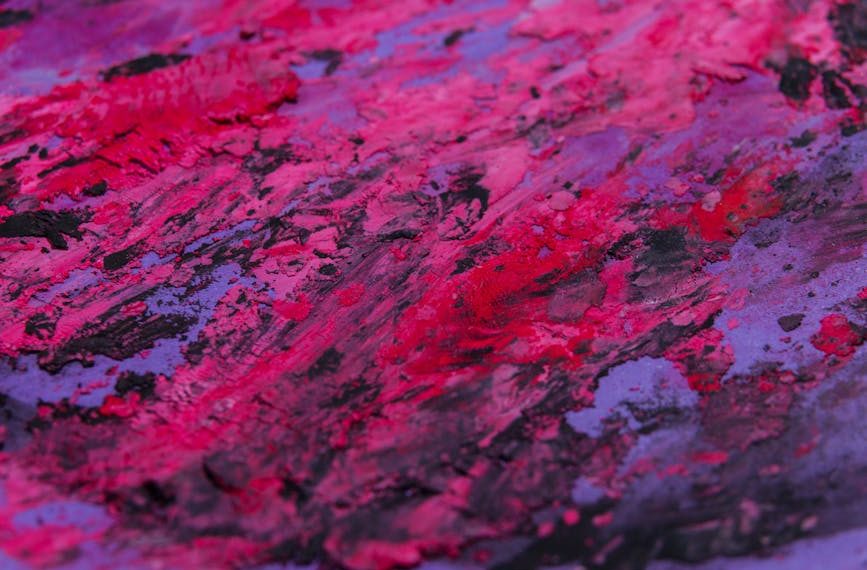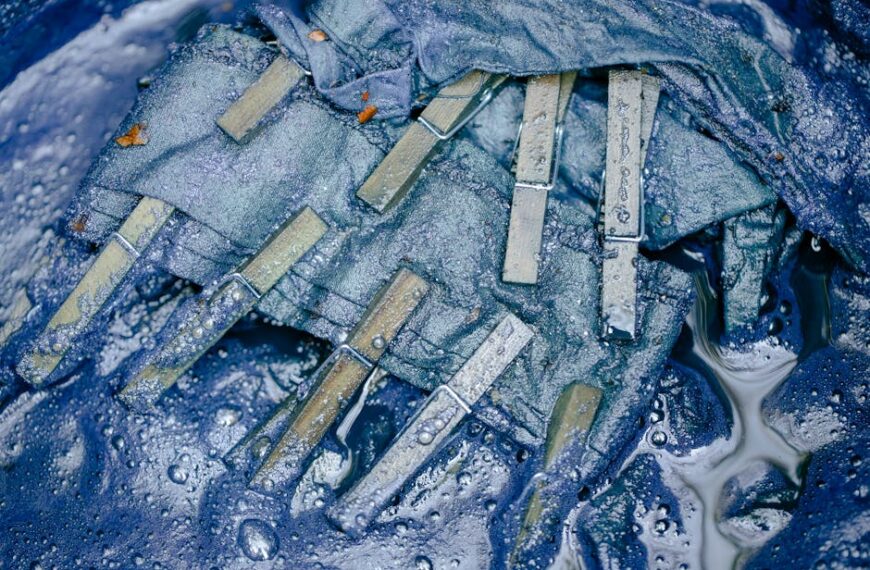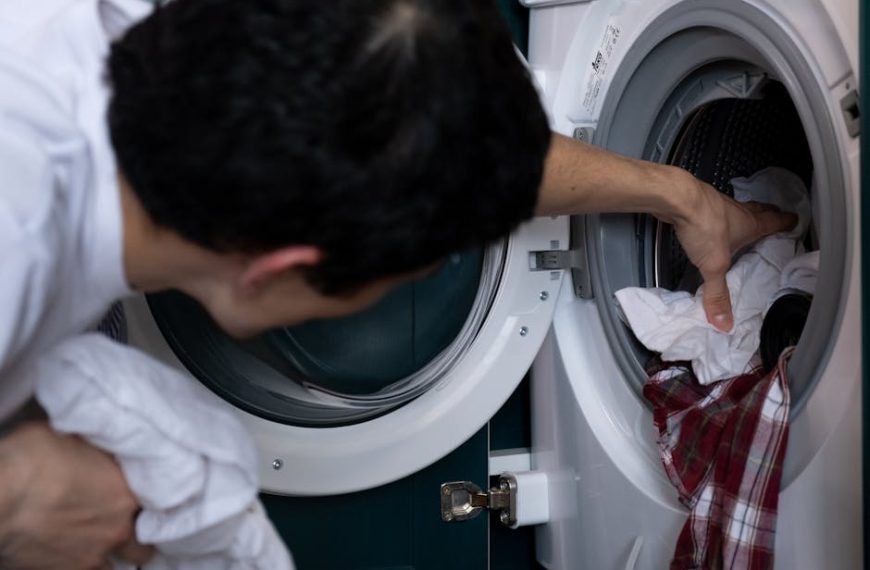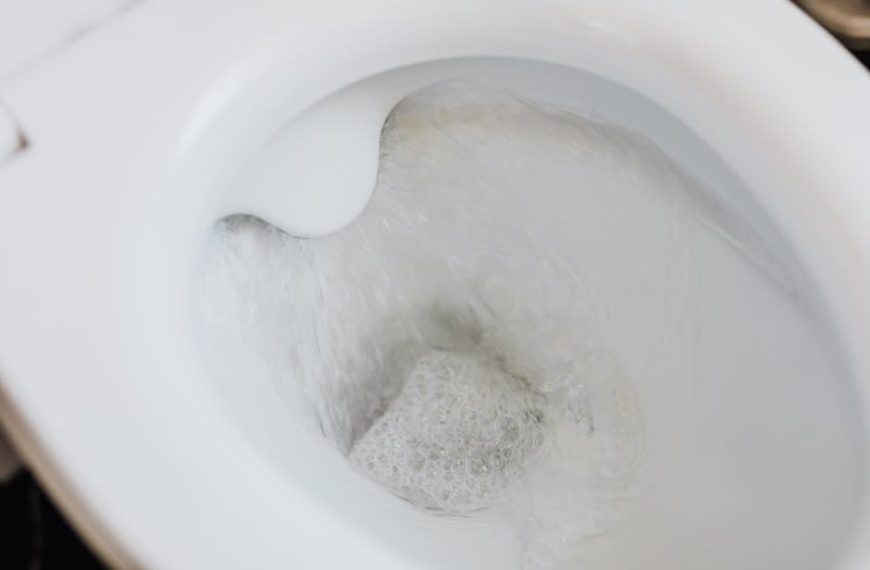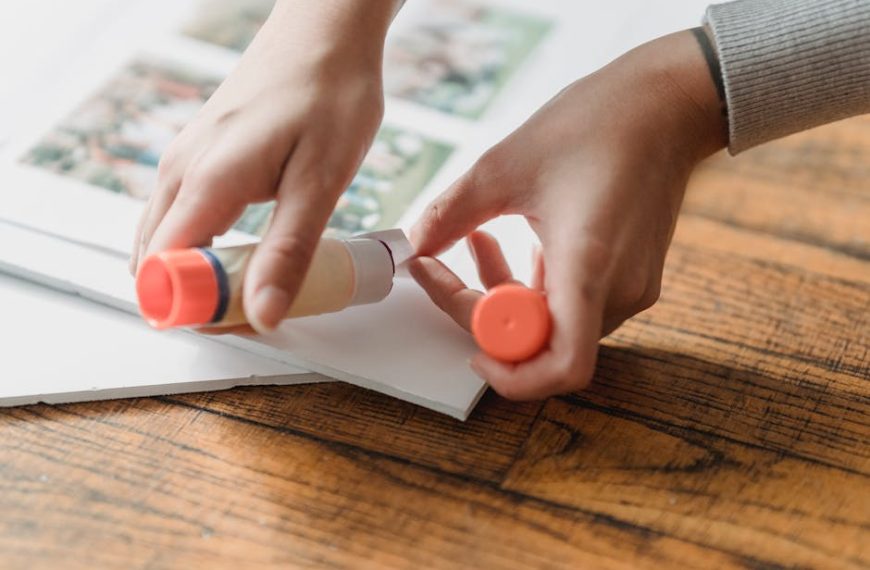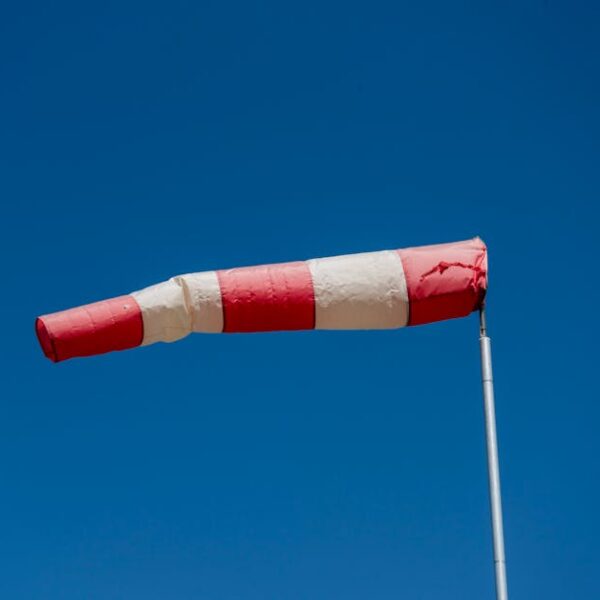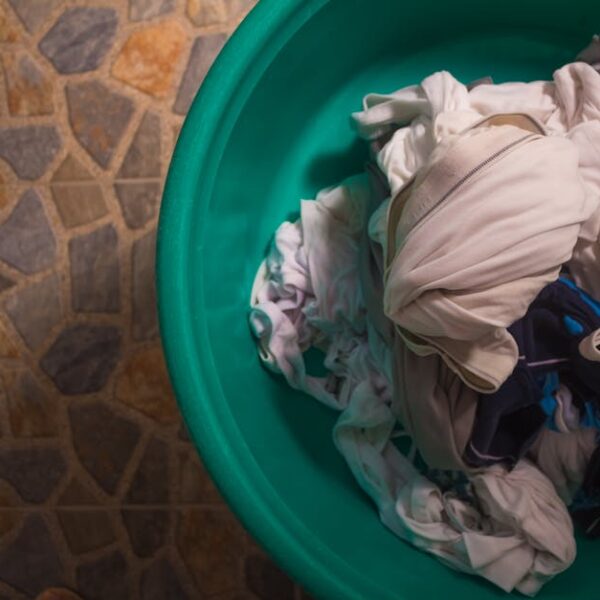Curry, with its potent mix of spices, herbs, and oils, is an irresistible treat for your taste buds. But this delightful dish has a notorious reputation for leaving stubborn, unsightly stains on clothes, carpets, and upholstery. It’s the turmeric, a key ingredient in curry, that leaves behind the rich, yellow color. The oils in the curry further bind the color to the fabric, making it a particularly challenging situation.
Understanding Why Curry Stains Are Stubborn
Turmeric contains curcumin, a bright yellow compound that firmly adheres to fabric fibers. This, combined with the oils found in curry, creates a hydrophobic layer that repels water, making the stain more resistant to cleaning. Other ingredients such as chilli powder, cumin, and coriander enhance the rich color of curry, adding to the staining potential.
Immediate Measure to Take After a Curry Spill
Stain removal is a battle best fought immediately. As soon as a curry spill occurs, blot the stain using a clean, white cloth to absorb as much liquid as possible. Do not rub; rubbing will only spread the stain. Rinse the stained fabric in cold water from the back of the stain. Hot water can set protein-based stains like curry, so stick with cold water. Apply a small amount of dish soap to the stain.
Things to Do:
1. Immediately blot the stain with a clean cloth.
2. Rinse in cold water from the back of the stain.
3. Apply a small amount of dish soap to the stain.
What Not to Do:
1. Don’t scrub the stain harshly.
2. Don’t wash the stain with hot water.
Pre-Treatments for Curry Stains on Clothing
Pre-treatment significantly improves your chances of getting the stain out. After removing as much of the stain as possible, apply liquid laundry detergent or a stain remover directly to the stain. Let it sit for at least 30 minutes before rinsing. Soaking the garment in a solution of warm water and bleach (for white clothes) or vinegar (for colored clothes) can also help lift the stain.
✔️ Always test the colorfastness of the fabric before using any stain remover.
✔️ Always review the garment’s washing care instructions to prevent damage to the fabric.
Cleaning a Curry Stain in a Washing Machine
For clothing items, machine washing is typically the next step. Use a heavy-duty laundry detergent, which contains enzymes that break down protein-based stains. Use the warmest water setting the fabric can tolerate, as hotter water will better activate your detergent.
| Regular Detergent | Heavy-Duty Detergent | |
|---|---|---|
| Effectiveness Against Curry Stains | Low to moderate | High |
| Damage to Fabric | Low | Low |
| Cost | Lower | Higher |
Methods to Remove Curry Stains from Carpets and Upholstery
Cleaning curry stains from carpets and upholstery requires a gentle hand and a homemade cleaning solution of dish soap and white vinegar. Remove excess curry, then blot the stain without rubbing. Apply the cleaning solution and let it sit before rinsing. Always blot dry with a clean towel.
✔️ Always spot test your cleaning solution on a hidden part of the carpet or furniture to avoid potential discoloration.
✔️ Avoid using too much water when cleaning upholstery; it can seep into the cushioning and create mildew.
With an understanding of why curry stains are so stubborn and the right approach to removing said stains, you can save your favorite outfit, carpet, or chair from ruin. Just remember, the quicker you react, the better the chance you have of completely removing the stain. Armed with these tips, no curry spill will be too daunting to tackle!
Remember:
1. Acting promptly on stains increases successful removal.
2. Use appropriate cleaners based on fabric type and color.
3. Always spot-test stain removal solutions.
4. When in doubt, call professionals.
How Can I Remove Curry Stains from Clothes if They Come into Contact with Toilet Bowl Rings?
Curry stains on clothes can be challenging, especially if they come into contact with toilet bowl rings. Utilize strategies for removing toilet bowl stains effectively by first treating the curry stain with cold water, then using a stain remover before washing. Always check care labels to avoid damage.
Conclusion
While curry stains are indeed tough opponents, they’re not invincible. Understanding the nature of curry stains, being prepared with the right stain-fighting arsenal, and reacting promptly can considerably improve your chances of seeing your beloved item restored to its former glory. So go ahead and relish your curry, and let no fear of stains hold you back!
Key Takeaway:
- The stubbornness of curry stains is due to its oiliness and the chemical composition of the ingredients, especially turmeric.
- Reacting swiftly by blotting, rinsing in cold water, and applying dish soap increases the chances of removal.
- Pre-treating the stain with liquid laundry detergent or a stain remover and soaking it in a mixture of warm water and bleach or vinegar helps lift the stain.
- Machine washing using heavy-duty detergent and the warmest permissible water temperature can get rid of the stain.
- Treating curry stains on carpets and upholstery needs a solution of dish soap and white vinegar with cautious blotting, application, and rinsing.
With the right knowledge and prompt action, curry stains can be effectively dealt with. Remember to always test your stain remover on the fabric and follow the garment’s washing care instructions. Keep your heavy-duty detergent handy, act swiftly and keep enjoying your curry, stain-free!
FAQs
Q: Can I use warm or hot water to remove curry stains?
A: No, it’s best to use cold water as hot water can cause protein-based stains like curry to set into the fabric making them even harder to remove.
Q: What can I use as a homemade pre-treatment for curry spills?
A: Applying a mixture of dish soap and vinegar to the stain and letting it sit before rinsing can be an effective pre-treatment for a curry stain.
Q: What’s the difference between regular and heavy-duty detergent in stain removal?
A: Heavy-duty detergents contain enzymes that break down protein-based stains such as curry, making them more effective than regular detergents.
Q: Is it possible to remove curry stains from carpets using household items?
A: Yes, a mix of dish soap and white vinegar is a good cleaning solution to remove curry stains from carpets and upholstery.
Q: What should I do if the curry stain persists despite home treatment?
A: In such cases, consider contacting a professional cleaning service to avoid damaging the fabric further.
Encourage readers to share this article and explore more posts on stain removal techniques on our website to make sure they’re ready to face any kind of spill!

